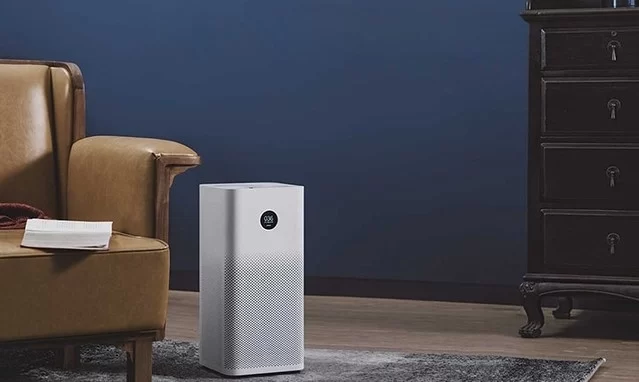The environmental impact of dust is particularly high in densely populated areas, even indoors.

House dust mites or fine dust are among the pollutants that make many people ill. With a special air purifier against dust, you can protect yourself from this environmental pollution. But which devices are best suited for this?
In this article, you will learn what pollution is caused by dust, which air purifiers perform best, and what you should pay attention to when buying. Also, you will know the best deals for the upcoming Black Friday. And here you can find details October 2022 Black Friday air purifier deals on Amazon.
Coarse dust is caught by our nose hairs and our mucous membranes. However, very fine dust can get into our lungs. This can also be harmful to health, depending on the type of dust involved.
Air purifiers can filter out many harmful particles from the air you breathe indoors. However, there are different cleaning methods and filters, the following air purifiers help against dust:
Read Also:
In the following, we would like to introduce you to three popular models that have already proven themselves with other buyers.
This includes a pre-filter in the form of an activated carbon filter. Air humidification is achieved through cold evaporation. This principle of cold evaporation has the advantage that your interior can never get too humid.
The additional activated carbon filter is particularly effective against tobacco smoke. At 99.97%, almost 100% of all harmful substances are filtered out of the air you breathe. You can choose three levels with this device, namely strong, weak, or the particularly quiet night mode.
People who are said to be allergic to house dust are usually allergic to dust mite excretions. Dust mites feed on human dander. Each of us loses about 1.5g of dead skin cells a day.
The small roommates cannot be seen with the naked eye, as they are only 0.1 to 0.5 mm in size, depending on the species. But as you have seen from the explanations above, house dust consists of many other things that can also trigger all kinds of hypersensitivity reactions.
Dust only becomes noticeable to us when it settles on the ground, this is also known as dust precipitation. However, fine dust does not settle in the first place but remains in the air, referred to as suspended dust.
According to scientific studies, house dust also consists mainly of fine dust. Fine dust, on the other hand, may consist of a wide variety of particles.
Of course, frequent dusting and vacuuming also help against too much dust in the air you breathe. But the effectiveness with which an air purifier filters the air you breathe indoors against dust cannot be achieved even with a lot of effort. Furthermore, airborne dust cannot be controlled without an air purifier.
For the dust air purifier to work effectively, the filter must be fine enough to filter the particles out of the air. Depending on the type of dust, the size of the dust grains differs.
Which air purifier works best depends on the type of filter. It can be said that a Hepa filter or a combination model (Hepa and carbon filter, or with a nano filter) works most effectively. Therefore, when buying, pay attention to the information up to which particle size the filter also works effectively.
There are countless ways in which dust is created. In the following we would like to list some of them as examples:
Even things like New Year’s fireworks, candles, or oil lamps increase the level of particulate matter in the air. Even animal husbandry in agriculture produces fine dust in a not-inconsiderable amount.